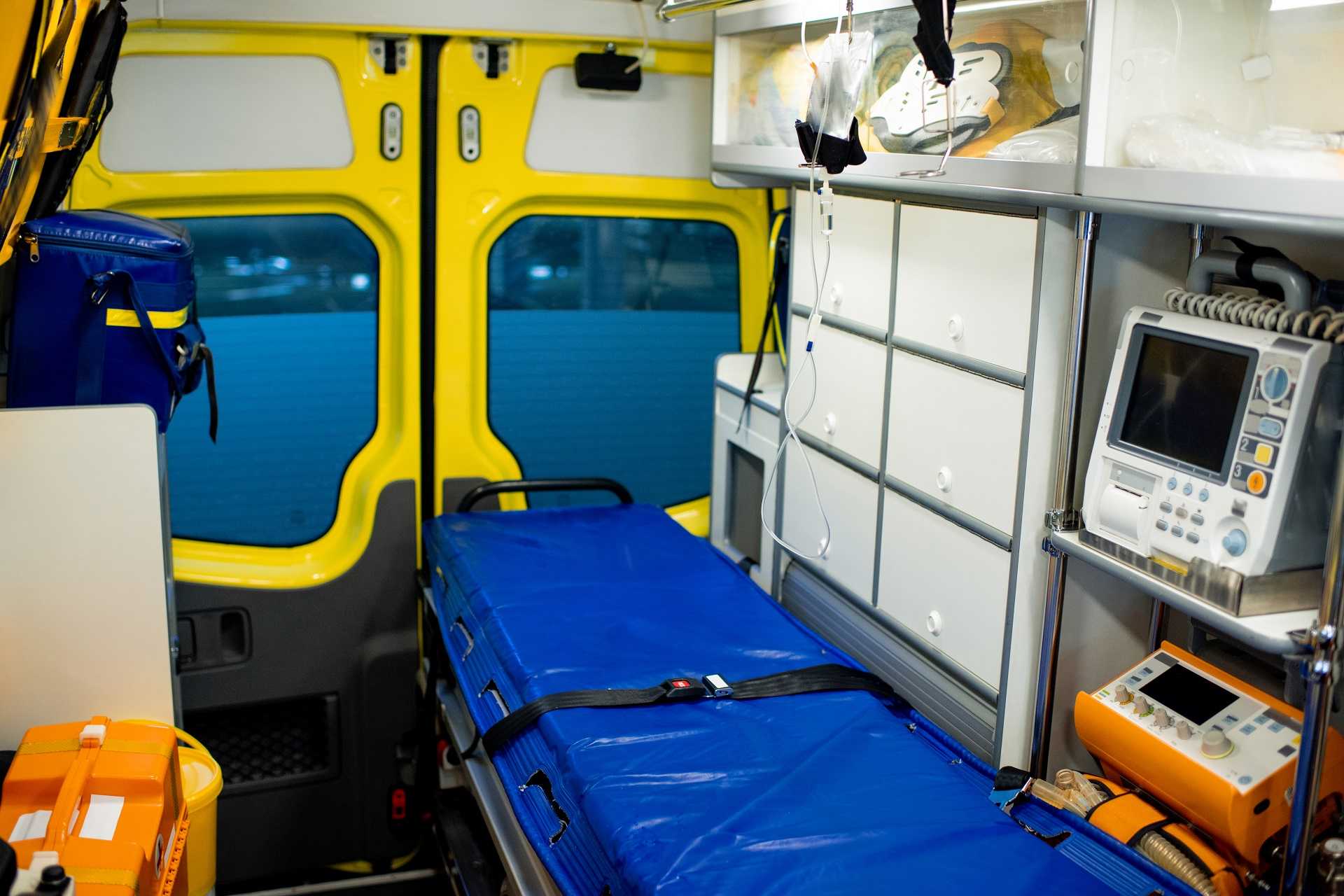Are you or a loved one traveling internationally? Do you know what you would do should the unthinkable occur? This article aims to give you a leg up by helping address your concerns about cross-border patient transportation.
After all, we don’t always realize how important it is to take the extra step when dealing with those susceptible to different illnesses and medical conditions.
Consider this an informative guide on what to do before, during, and after a patient is taken across the border.
What to Know Pre-Flight
Before patients are transported, certain things should be done to prepare.
For example, medications and immunizations can differ depending on what country they’re moving to or from. This means that the more prepared you are before a patient moves somewhere else, the better they will be tended to once they arrive.
The process of getting a patient on an international flight starts with determining which country’s medical authority can legally authorize the transport. This is important because, without proper authorization, any medical care a patient receives abroad will not be covered by their home health insurance policy.
If you’ve already chosen your destination and have arranged authorization, the next step is to obtain a medical passport. This document serves as the written proof that your patient needs for their trip.
It must include patient identification, medical history, clinical details, and relevant billing information.
When completed with care, this passport will help establish a base set of facts for emergencies and give those stateside more information on your patient’s status.
During the Flight
The most important thing to remember about flying with a medical passport is that the pilot or captain must be informed before takeoff.
Because medical treatment can change depending on which country someone lands in, it is vital that pilots are aware from the get-go of any potential issues at hand. The flight attendants will also need to be informed of any special needs that patients may have.
The registration form that accompanies traveling patients is called a Medical Observation Form. The first step in filling this out includes contacting your patient’s doctor and or nursing staff. This can help give an accurate description of what could happen should the worst-case scenario arise.
Similarly, the doctor or nurse should be in contact with your patient’s local hospital. This can help set up an effective plan of action for transferring a patient once they arrive at their destination. For example, some doctors may ask that patients arrive early and report any relevant information over the phone before heading into the emergency room.
Once You Land
Immediately following the flight, whether your patient has made it or not, a doctor should be in contact with both local and home health providers.
Because hospitals know what to expect when patients arrive from other countries, they can quickly address important issues that need immediate attention.
Staying informed after a flight is also essential because complications can pop up in the days that follow. Hospital workers will keep you updated on what you should expect and what is required for a safe return home.
Travel In Confidence with Integrity Medical Transport
There’s much more to it than you think when moving patients from one country to another. The best thing any of us can do is stay informed.
This can be done by contacting medical authorities and asking questions that you need answers to.
You’ll find international patient transportation to be a more effective, safe way of tendering care than regular old travel. If you have any questions or concerns regarding the process, contact your local health agency or consult with an expert in international physician services who can provide referrals and contacts.
Want to learn more and see great tips and insights like this? Visit Integrity Medical Transport online today to discover how non-emergency medical transportation services can benefit you and your family – even when you travel abroad!



